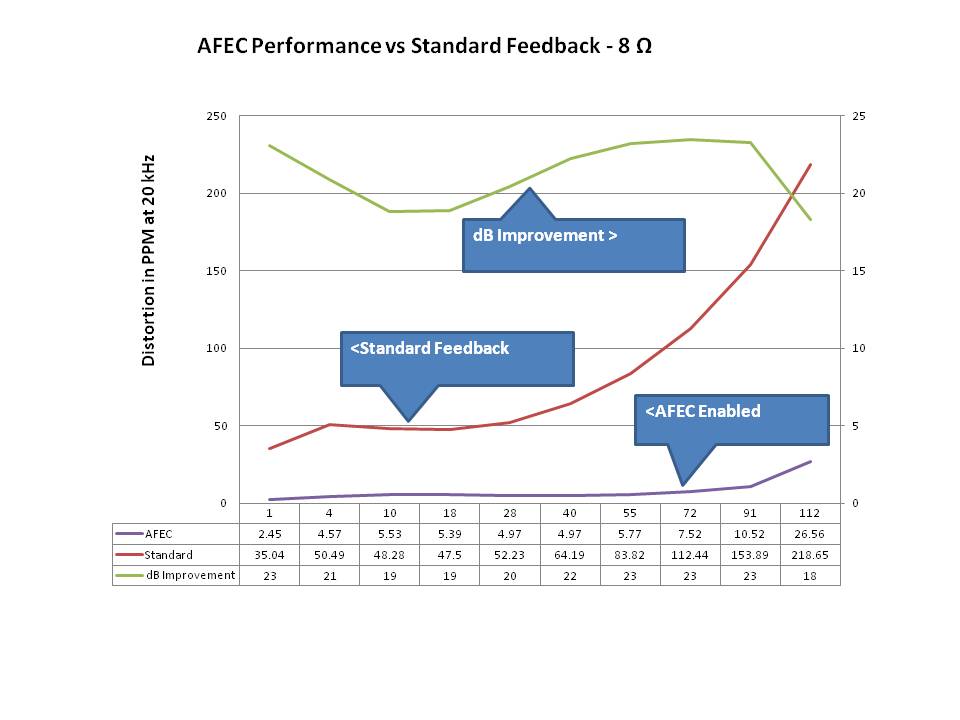Baxandall’s Original Tone Control Article from Wireless World 1952
This article was published in October of 1952, when Baxandall was 31 years old, the design having already won him a prize 2 years earlier in a competition. His design basically relegated other tone control circuits to the scrap heap, although cheap passive, or non-inverting circuits still persisted well into the 1980’s, especially in low […]
Low Cost Isolation Amplifier for Industrial Applications
A Design Idea of mine that appeared in EDN around 2000. The article appeared with the title ‘Lost Cost . . . ‘ – seems someone got a bit mixed up. The idea has been referenced in a few papers on the web – always good to see! Low_cost_isolation_amplifier_suits_industrial_applications Here’s another one using a delta […]
Augmented Feedback Error Correction (AFEC)

AFEC is a simple technique that augments the feedback of an amplifier to dramatically improve the Large Signal Non-linearity (LSN) distortion performance by up to 20 dB across the audio band. Additionally, AFEC acts to remove any DC offsets and also improve PSRR significantly. Augmenting the feedback in a manner similar to that described in […]
The Monolithic Op-Amp: A Tutorial Study

This was an invited paper at the ISSCC in 1974 by James Solomon, who at the time worked for National Semiconductor (acquired in 2011 by TI). Those were heady days in semiconductors, with major process and circuit design breakthroughs taking place at breakneck speed. The general purpose microprocessors’ pivotal role in powering the Apple II […]
Feedback Analysis by Marshal Leach
Here is a short write up by Marshal Leach (RIP) on feedback analysis. fdbkamps
Hifisonix kx-amplifier now replaced with the new kx2-Amplifier
If you have purchased PCB’s and are still constructing your kx-Amplifier, I will continue to fully support your efforts as required, so do not worry. 114 PCB sets of the kx-Amplifier were sold, with as far as can be ascertained, a large proportion of them being built. Unfortunately 6 of the builders reported oscillation problems […]